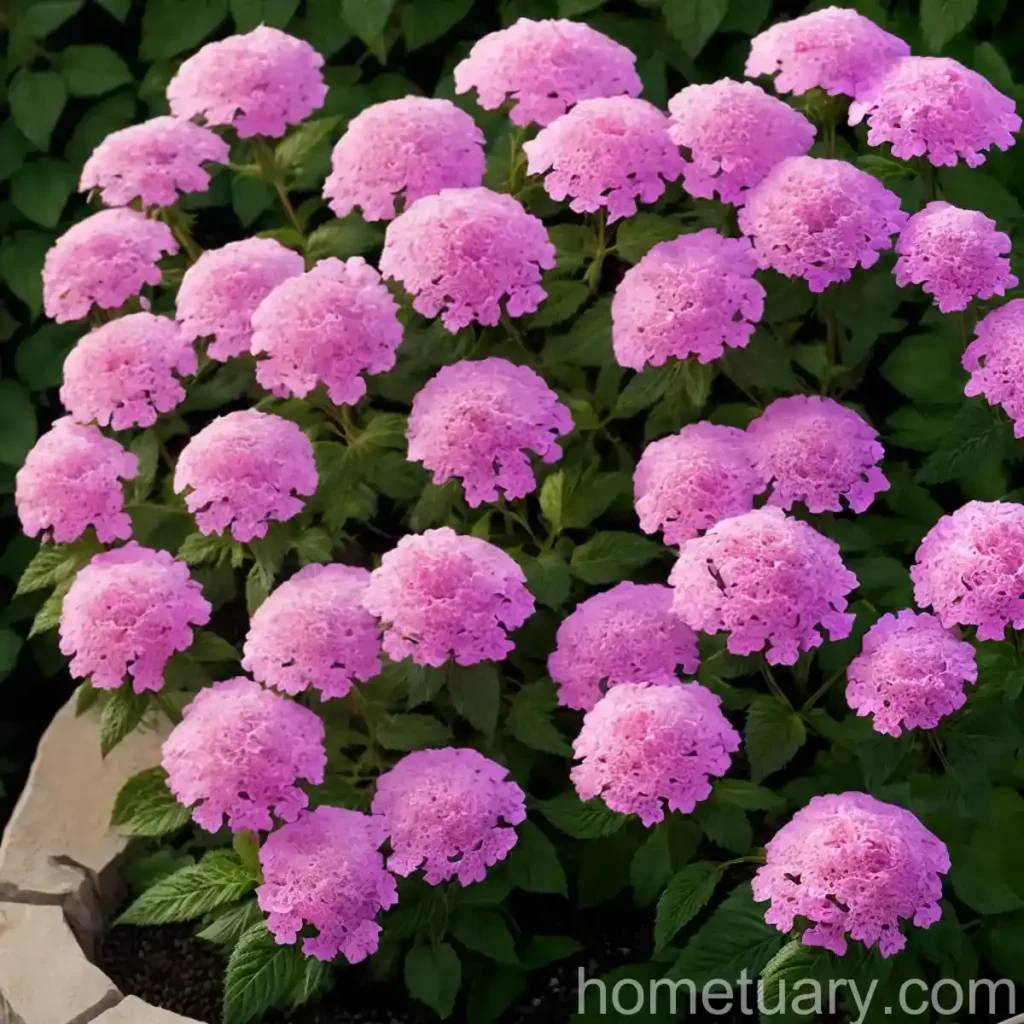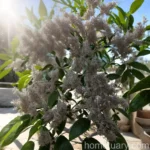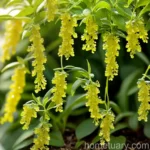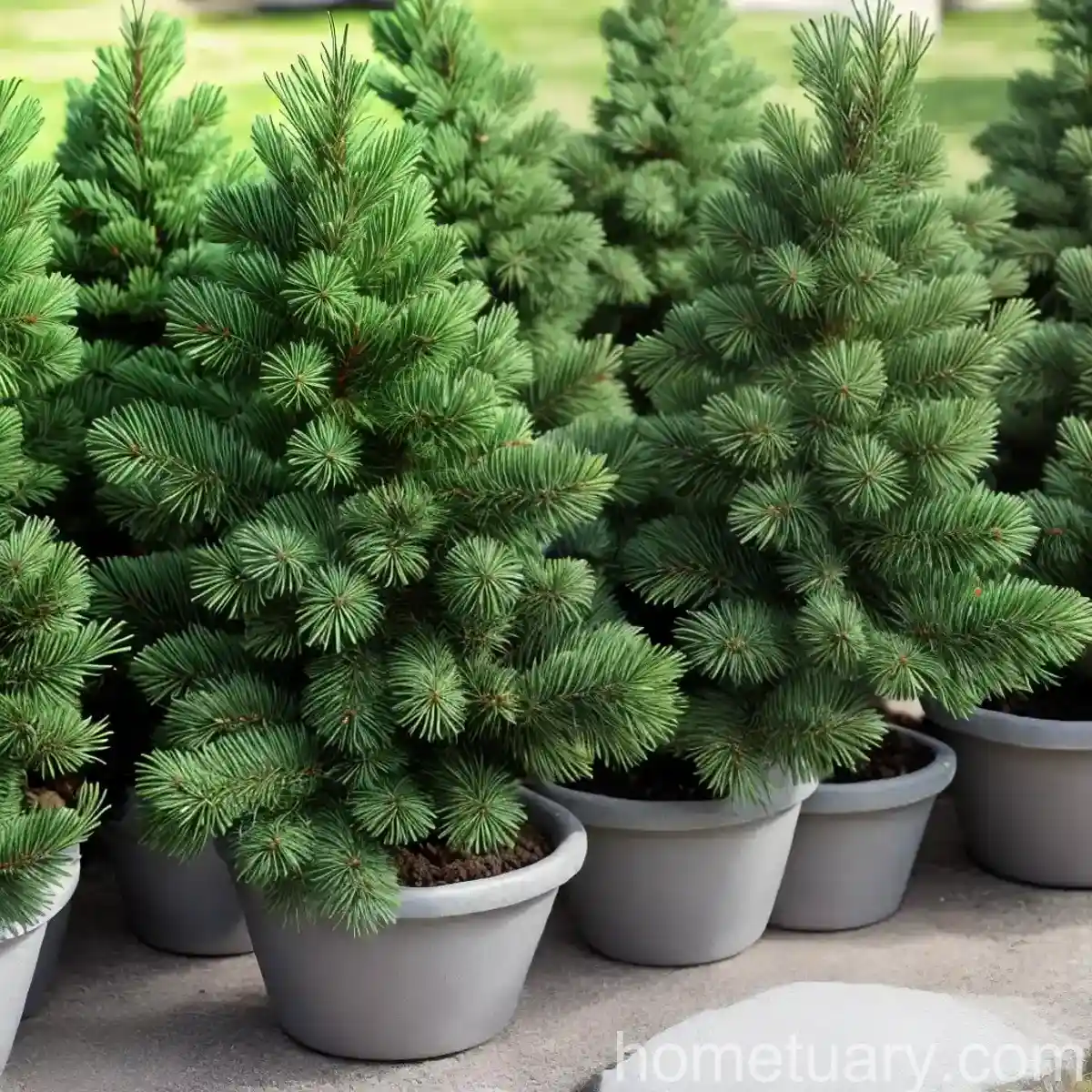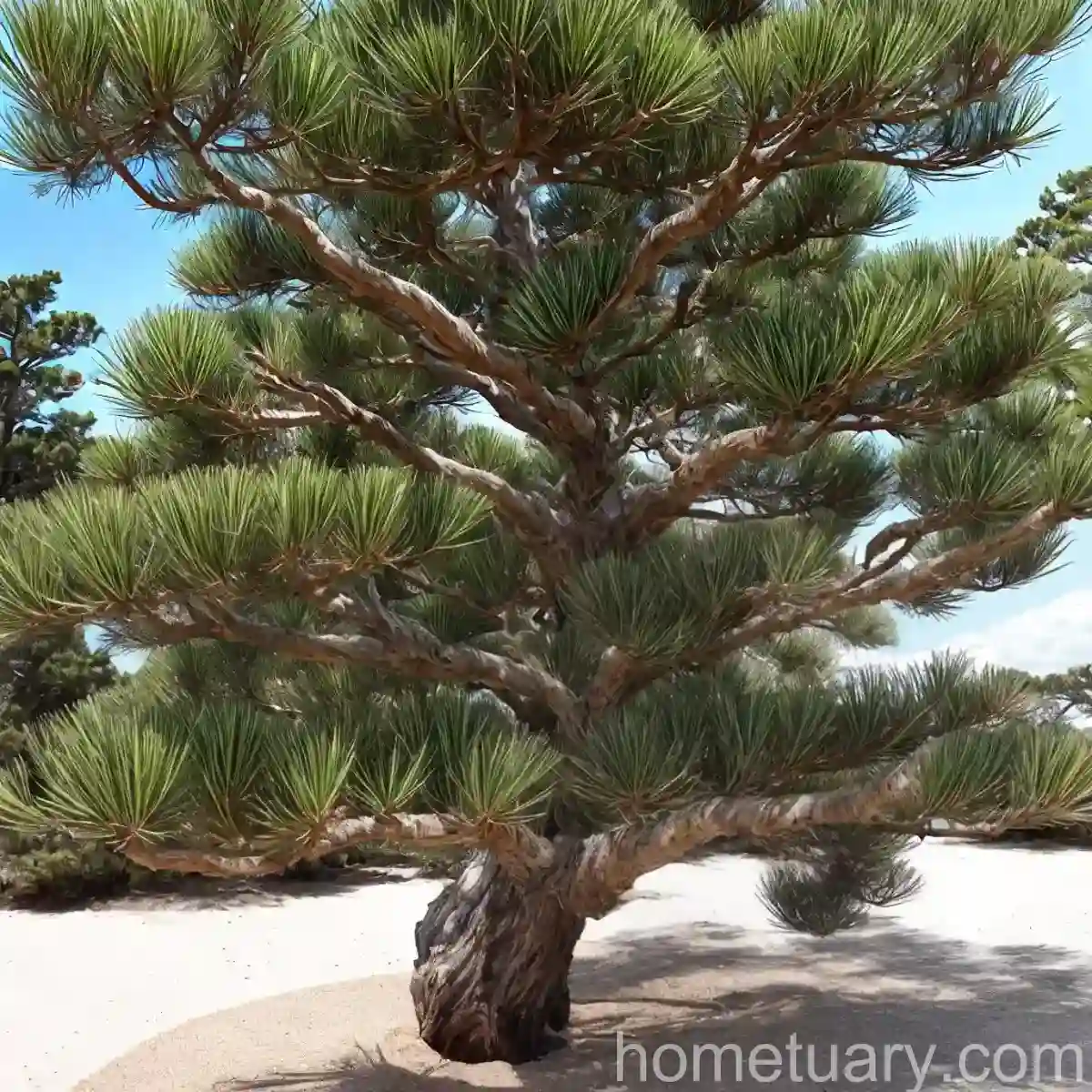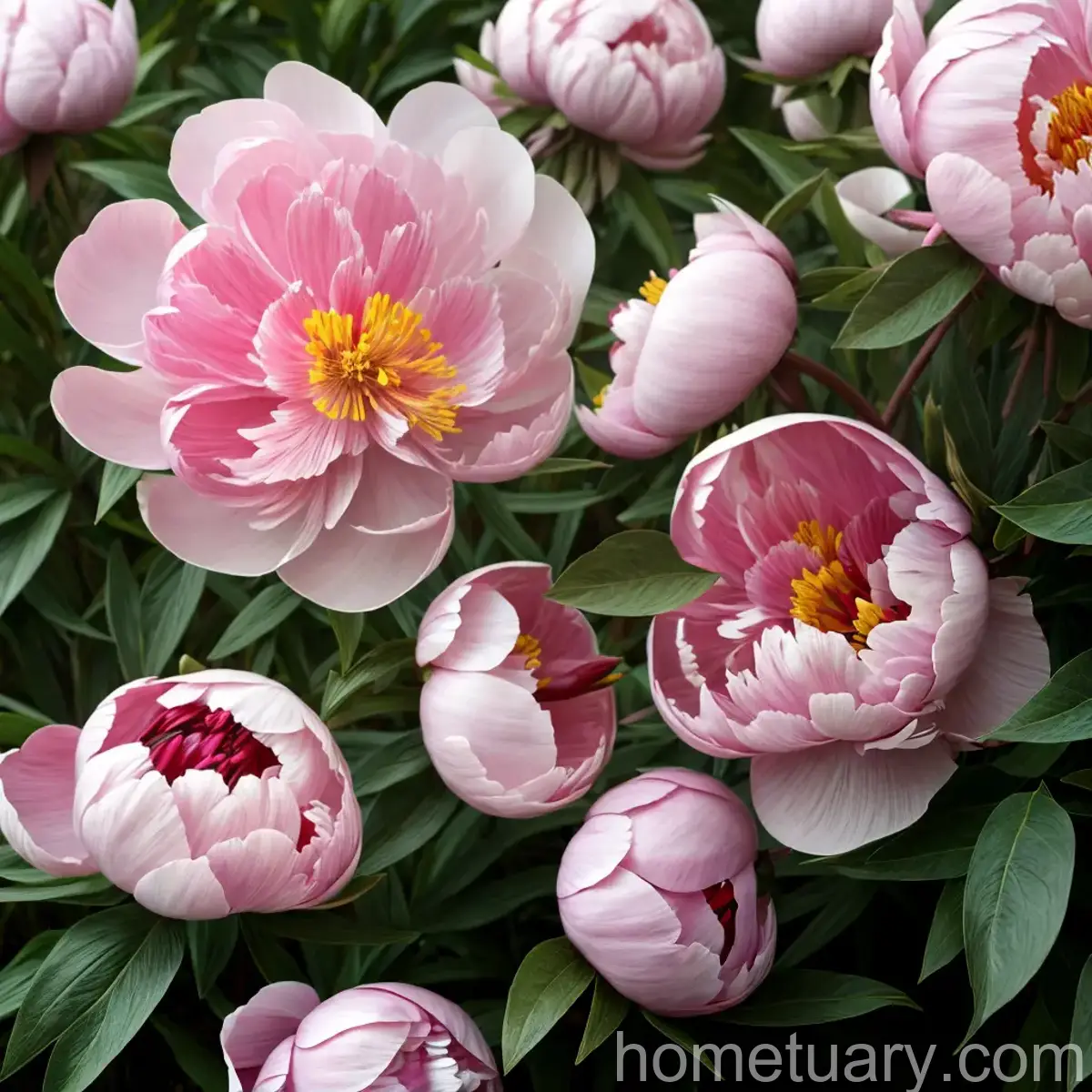The Breathtaking Beauty of Rose Verbena (Glandularia canadensis)
Introduction
Plants have an extraordinary ability to captivate us with their remarkable diversity and stunning beauty. One such plant that exemplifies this allure is the rose verbena (Glandularia canadensis). This exquisite species belongs to the Verbenaceae family and is renowned for its vibrant blooms and versatility.
In this comprehensive guide, we will delve into the enchanting world of rose verbena, exploring its cultivation, care, and the myriad ways in which it can be enjoyed and utilized.
What is Rose Verbena (Glandularia canadensis)?
Rose verbena, scientifically known as Glandularia canadensis, is a captivating herbaceous perennial that is native to North America. This resilient plant boasts a profusion of delicate, rose-pink flowers that grace the landscape with their charming presence.
Key Takeaways – Rose Verbena (Glandularia canadensis)
- Scientific Name: Glandularia canadensis
- Common Names: Rose verbena, rose vervain
- Plant Type: Herbaceous perennial
- Hardiness Zone: 6-9
- Sunlight: Full sun to partial shade
- Watering: Moderate
- Soil: Well-draining, preferably sandy or loamy
- Height: 6-12 inches
- Spread: 12-18 inches
- Blooming Season: Late spring to fall
With its charming flowers and adaptable nature, rose verbena has gained popularity among gardeners and nature enthusiasts alike. Let’s embark on an exploration of this captivating plant, diving into its cultural significance, uses, care requirements, and much more.
Culture and Uses of Rose Verbena
Culture
Rose verbena is celebrated for its ability to thrive in diverse settings, exhibiting remarkable adaptability. Whether adorning a quaint garden bed or gracing a container on a sun-dappled patio, this enchanting plant infuses its surroundings with an air of natural elegance.
Ideal Growing Conditions:
– Sunlight: Full sun to partial shade
– Watering: Moderate
– Soil: Well-draining, sandy or loamy soil
Uses
Beyond its ornamental allure, rose verbena serves practical and aesthetic purposes, enhancing various facets of our lives and environments.
Utilizations:
– Gardens: Adds vibrant color to flower beds, rock gardens, and borders
– Containers: Ideal for container gardening, including hanging baskets and patio pots
– Pollinator Gardens: Attracts butterflies, bees, and other pollinators
– Naturalized Areas: Flourishes in meadows, prairies, and wild habitats, contributing to ecological diversity
Rose Verbena Plant Care
Cultivating and caring for rose verbena is a gratifying endeavor, rewarding enthusiasts with its blossoming splendor and unfussy disposition. Let’s explore the key facets of tending to this captivating plant.
Water
Establishing an appropriate watering regimen is vital for nurturing healthy and vibrant rose verbena.
Watering Tips:
– Frequency: Water when the soil feels dry to the touch, typically requiring watering 1-2 times per week.
– Avoid Overwatering: Ensure adequate drainage to prevent waterlogging, which can lead to root rot.
Sunlight
Rose verbena flourishes when provided with an abundance of sunshine, resulting in prolific blooms and robust foliage.
Sunlight Requirements:
– Optimal Exposure: Full sun to partial shade
– Sun-Loving Plant: Flourishes in bright, sunny locations
– Partial Shade Tolerance: Adapts to partial shade conditions, though blooming may be reduced
Fertilizer
Supplementing the soil with nourishing fertilizers can promote vigorous growth and abundant flowering in rose verbena.
Fertilization Guidelines:
– Balanced Fertilizer: Apply a balanced, all-purpose fertilizer in spring, following label instructions for dosage.
– Frequency: Reapply fertilizer every 6-8 weeks during the growing season to support continuous blooming.
Soil
Choosing an appropriate soil medium is crucial for fostering the health and vitality of rose verbena.
Soil Preferences:
– Well-Draining Soil: Opt for well-draining soil to prevent water accumulation around the roots.
– Sandy or Loamy Soil: Rose verbena thrives in sandy or loamy soil types, avoiding heavy clay soils.
Pruning and Propagation
Pruning and propagation are instrumental practices for maintaining the vigor and aesthetic appeal of rose verbena, allowing enthusiasts to propagate new plants and shape existing ones.
Pruning
Pruning facilitates the rejuvenation and shape control of rose verbena, enhancing its overall appearance and blooming performance.
Pruning Techniques:
– Deadheading: Regularly remove spent flowers to stimulate continuous blooming.
– Trimming: Prune leggy or overgrown stems to encourage bushier growth and maintain a compact form.
– Winter Pruning: Cut back the plant in late winter or early spring to promote vigorous new growth.
Propagation
Propagating rose verbena presents a rewarding opportunity to multiply your cherished plants and share their beauty with others.
Propagation Methods:
– Division: Divide mature plants in spring to create new individuals, ensuring each division possesses healthy roots and shoots.
– Softwood Cuttings: Root softwood cuttings in a moist growing medium to establish new plants.
Container Popularity
The versatility and aesthetic appeal of rose verbena make it a beloved choice for container gardening, contributing bursts of color and charm to compact outdoor spaces.
Container Gardening Advantages:
– Space-Saving: Ideal for balconies, patios, and small gardens
– Portability: Easy to relocate for optimal sunlight or aesthetic arrangements
– Decorative Displays: Enhances outdoor living areas with its vibrant blooms
Common Diseases and Pests
Vigilance against potential diseases and pests is crucial for the sustained health and vibrancy of rose verbena.
Disease Diagnosis
Common Diseases:
– Powdery Mildew: Characterized by white powdery growth on leaves, caused by fungal infections in humid conditions.
– Cercospora Leaf Spot: Identified by small, dark spots on leaves, leading to leaf yellowing and premature shedding.
– Root Rot: Caused by excessive soil moisture, leading to wilting, yellowing, and decay of roots.
Common Pests
Pest Threats:
– Aphids: Small, sap-sucking insects that cause stunted growth and distorted foliage.
– Spider Mites: Minuscule pests that spin webs and cause stippling on leaves, leading to weakening of the plant.
– Whiteflies: White, fly-like insects that feed on plant sap and cause yellowing and wilting of leaves.
Botanist’s Tips for Rose Verbena Care
As a plant enthusiast and botany aficionado, here are some valuable tips for nurturing and enjoying the divine beauty of rose verbena:
- Moderate Watering: Exercise moderation in watering, allowing the soil to partially dry out between watering sessions to avoid waterlogging.
- Prune Regularly: Engage in regular deadheading and pruning to encourage continuous flowering and maintain a tidy appearance.
- Sunlight Optimization: Position containers or garden beds in locations with ample sunlight to maximize blooming potential and plant vigor.
- Disease Monitoring: Keep a watchful eye for signs of diseases and promptly implement control measures to safeguard plant health.
Fun Facts about Rose Verbena
Uncover fascinating and delightful tidbits about rose verbena that enhance your admiration for this enchanting plant:
- Pollinator Magnet: Attracts bees, butterflies, and hummingbirds, fostering a vibrant ecosystem in the garden.
- Drought Tolerance: Exhibits resilience in dry conditions, making it an excellent choice for water-wise landscapes.
- Medicinal Uses: Historically utilized in herbal medicine for its purported medicinal properties and beneficial attributes.
Links to External Resources
For further exploration and in-depth knowledge about rose verbena, refer to the following external resources:
- Gardening Know How – Rose Verbena Care
- The Spruce – How to Grow Rose Verbena
- Missouri Botanical Garden – Glandularia canadensis
Conclusion
The beauty and allure of rose verbena (Glandularia canadensis) is nothing short of captivating, as its delicate blooms and easygoing nature make it a beloved addition to gardens, landscapes, and container displays. By embracing the care guidelines and cultural insights presented in this guide, enthusiasts can cultivate and cherish the enchanting presence of rose verbena, creating vibrant and thriving outdoor spaces.
With its botanical splendor and inherent charm, rose verbena stands as a timeless symbol of nature’s grace and the profound joy of gardening.
Experience the captivating beauty of rose verbena and savor the endless delight it brings to your botanical pursuits!

